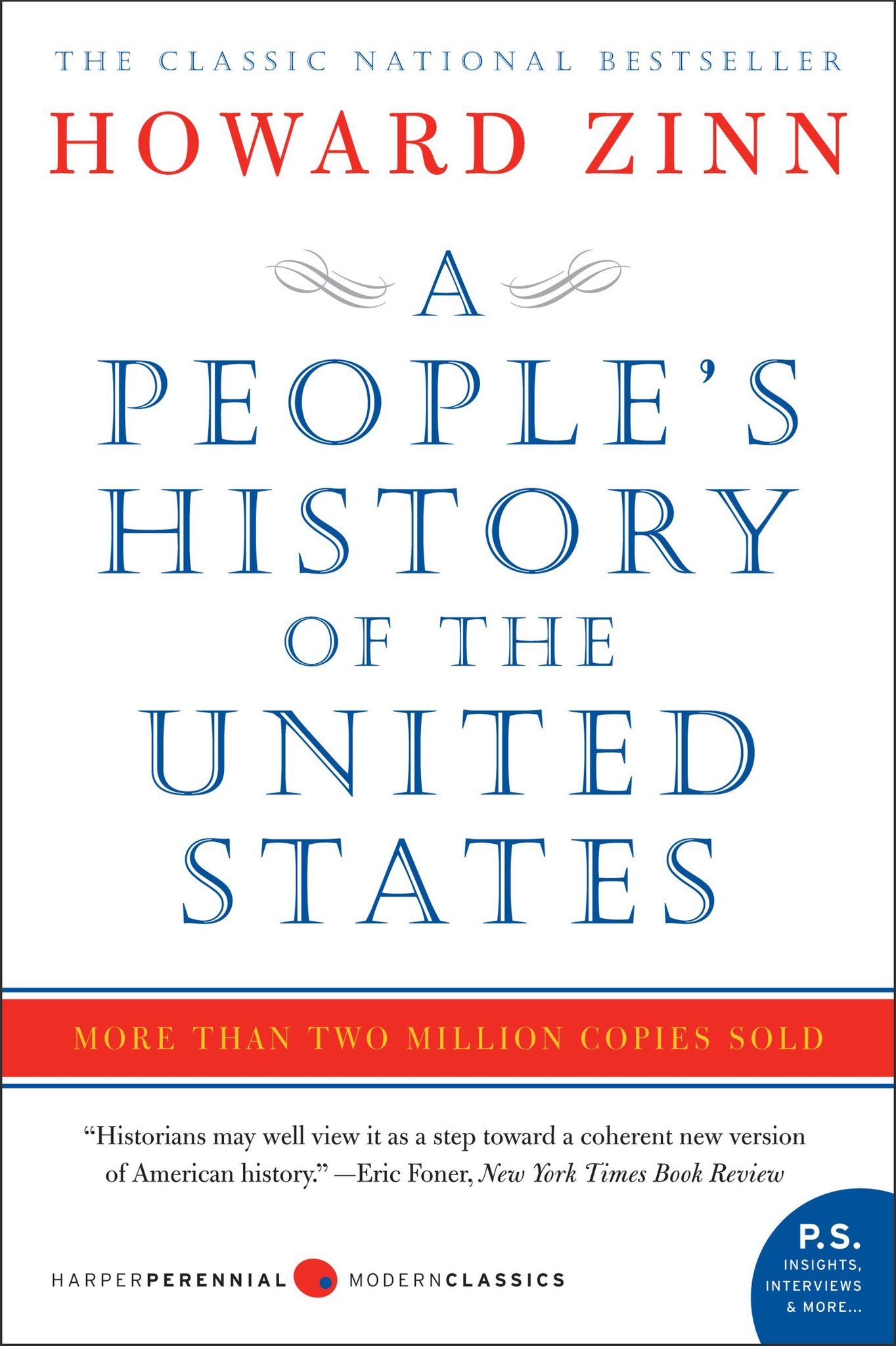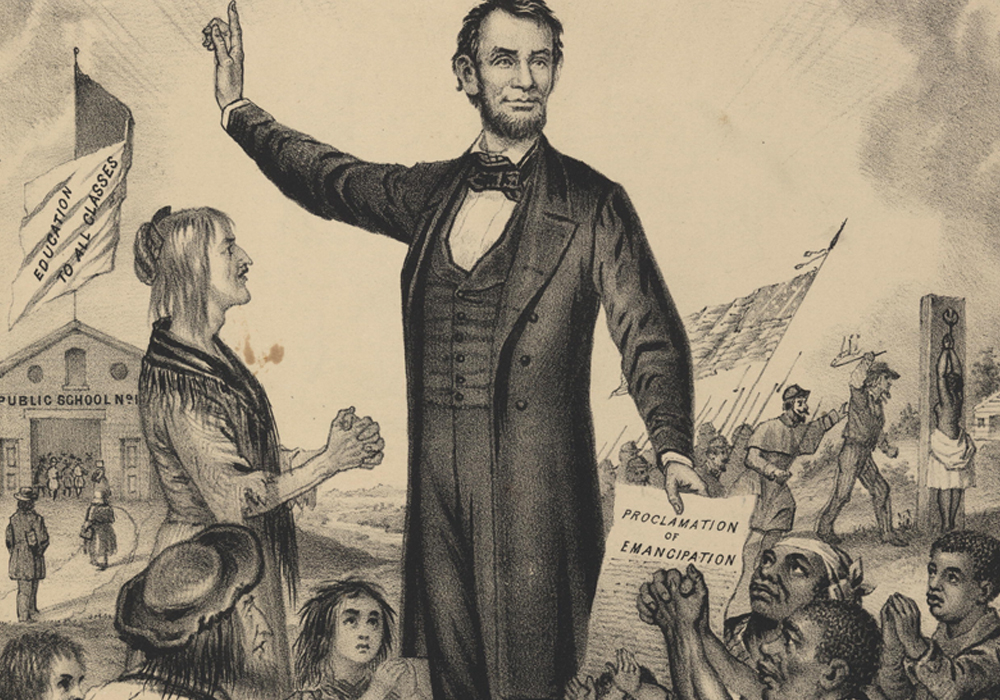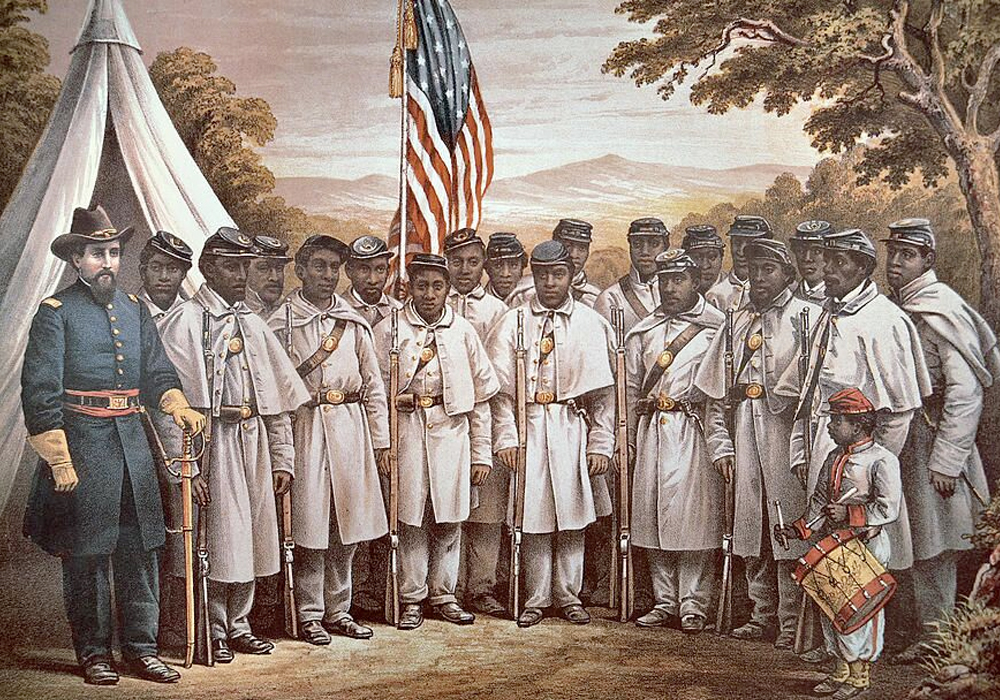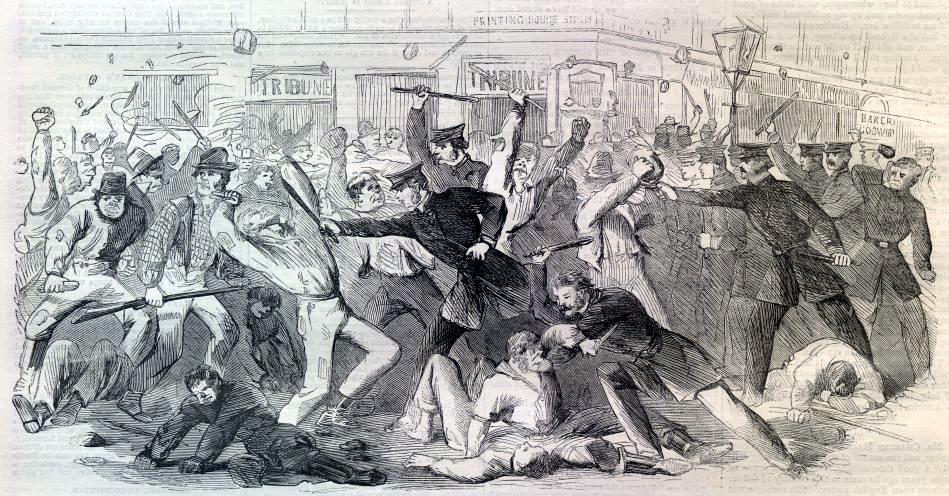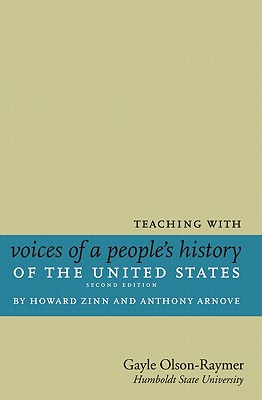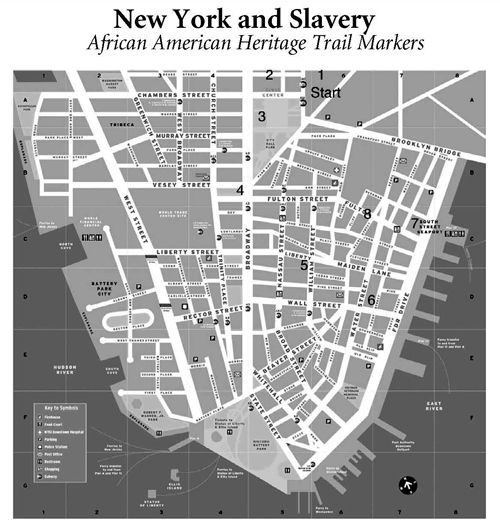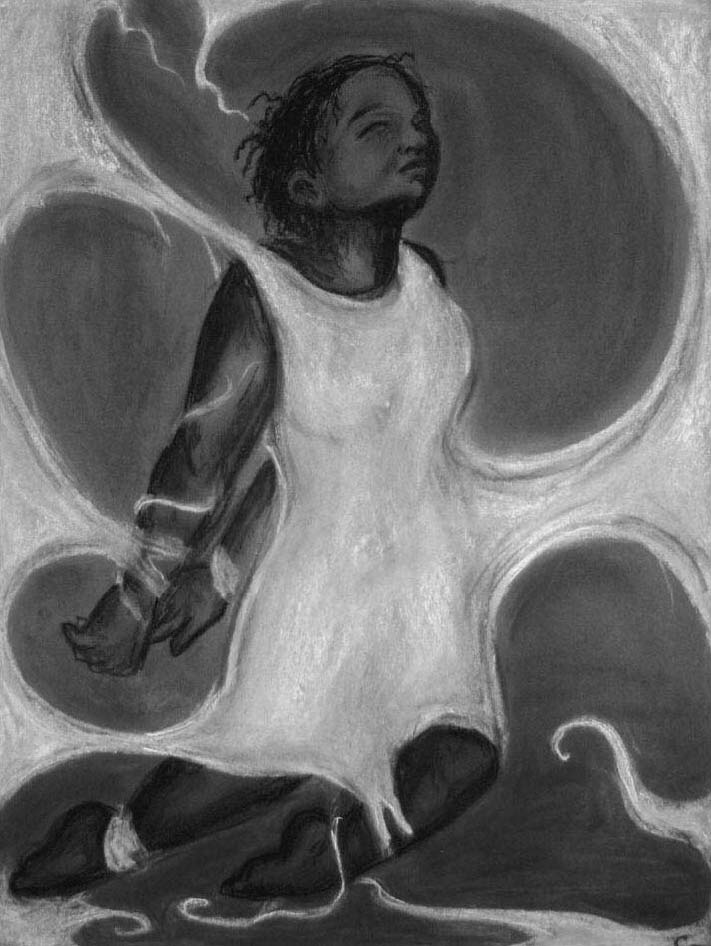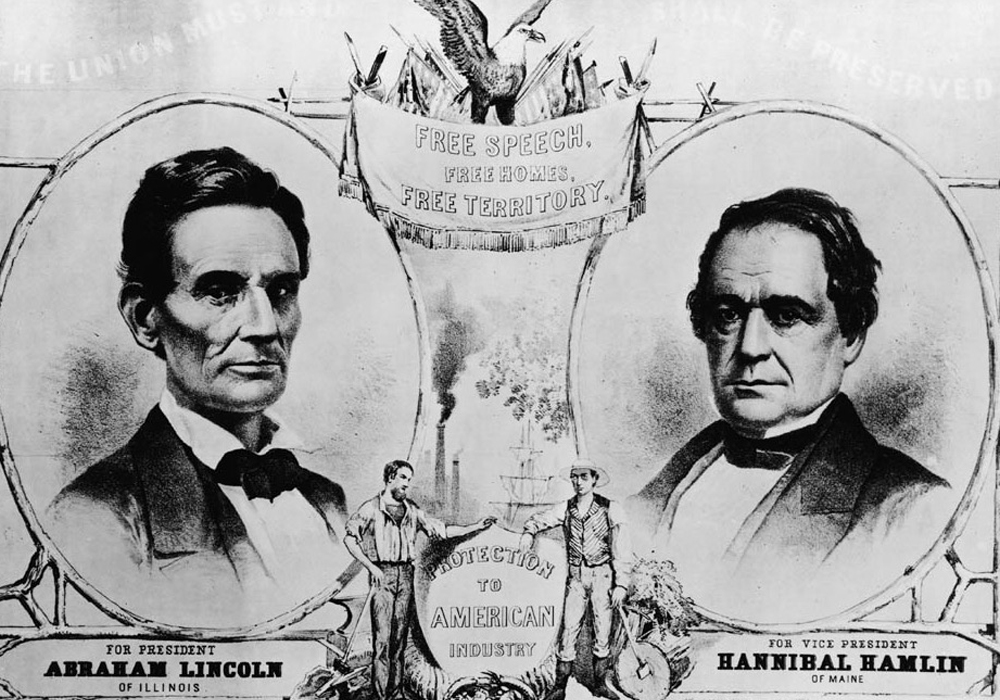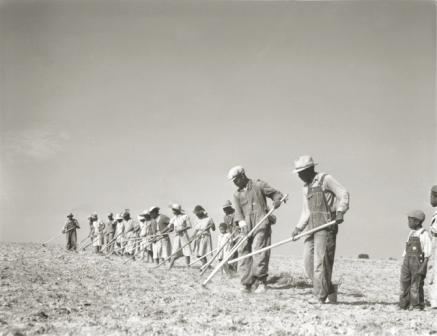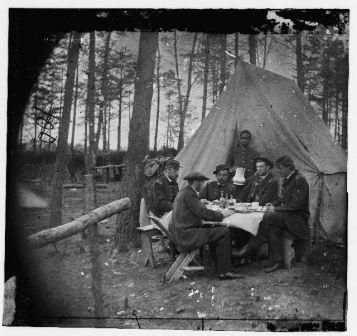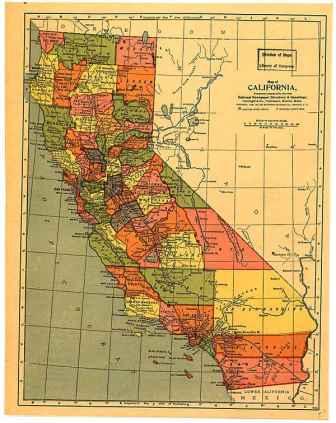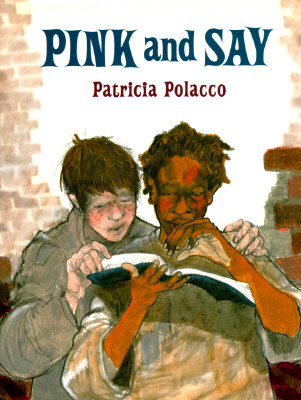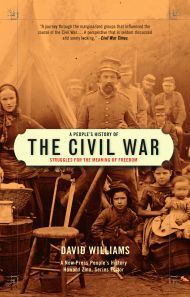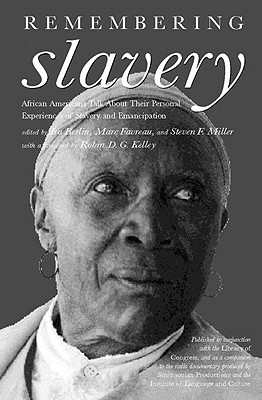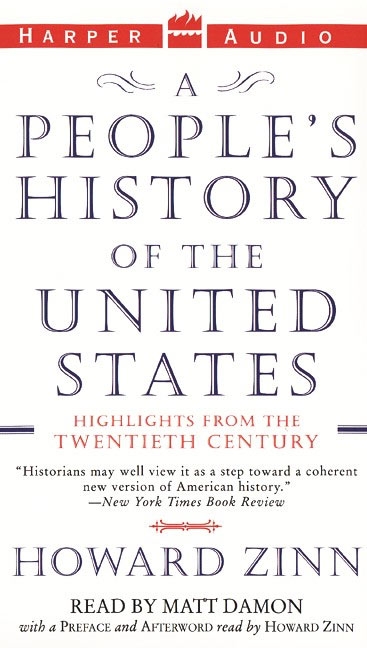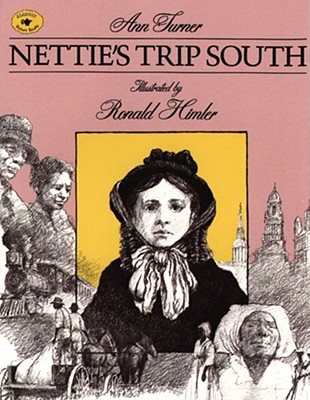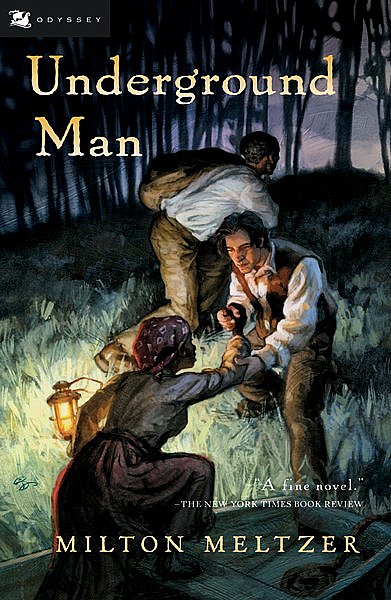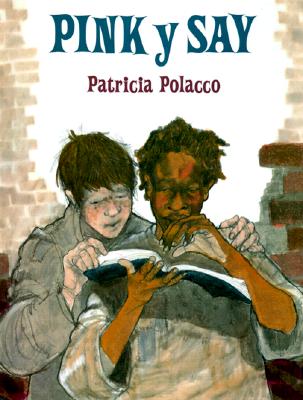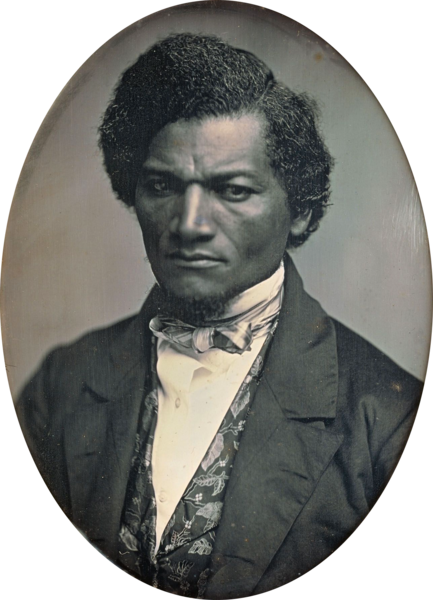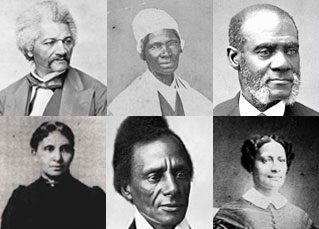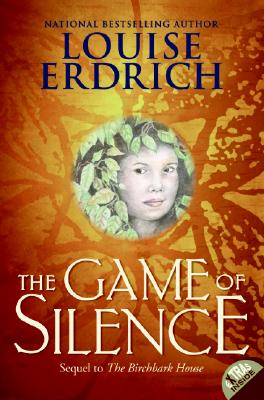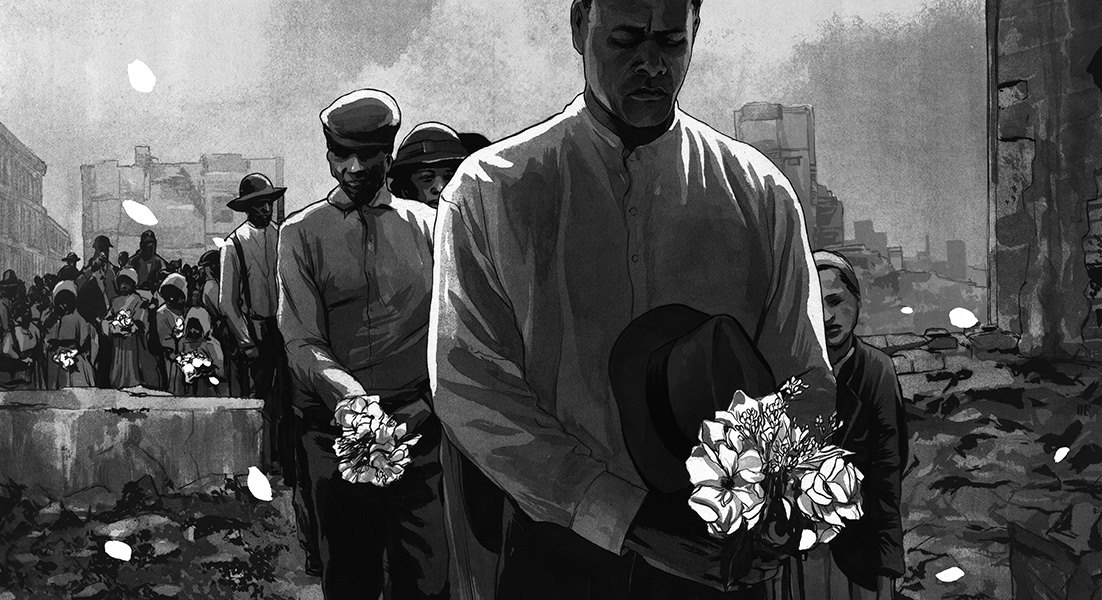Book — Non-fiction. By Howard Zinn. 2005, with a new introduction by Anthony Arnove in 2015. 784 pages.
Howard Zinn's groundbreaking work on U.S. history. This book details lives and facts rarely included in textbooks—an indispensable teacher and student resource.
Continue reading
Student Handout. By Bill Bigelow. 3 pages.
This timeline can be used as a resource for lessons on the Civil War, President Lincoln, the 54th Regiment, and the end of slavery.
Continue reading
Teaching Activity. By Bill Bigelow. 7 pages.
Students explore some of the myths of the Civil War through examining excerpts from Lincoln’s first inaugural address, the rarely mentioned original Thirteenth Amendment to the Constitution that Lincoln promised to support, and the Emancipation Proclamation.
Continue reading
Teaching Activity. By Bill Bigelow. 9 pages.
Students are invited to solve a mystery, using historical clues, about the real story of the Draft Riots.
Continue reading
Teaching Activity. By Gayle Olson-Raymer.
Questions and teaching ideas for Chapter 2 of Voices of a People's History of the United States on early American slavery, resistance, and rebellion.
Continue reading
Teaching Activity. By Gayle Olson-Raymer. 18 pages.
Questions and teaching ideas for Chapter 7 of Voices of a People's History of the United States on the American policy of "Manifest Destiny" and Native American resistance to their own displacement.
Continue reading
Teaching Activity. By Alan J. Singer. Rethinking Schools. 7 pages.
How a teacher and his students organized a tour of the hidden history of slavery in New York.
Continue reading
Teaching Activity. By Thom Thacker and Michael A. Lord. Rethinking Schools. 4 pages.
An art contest is used as the basis from which students can examine primary historical documents (advertisements for runaway slaves) to gain a deeper understanding of the institution of slavery in the North.
Continue reading
Teaching Activity. By Bill Bigelow. 12 pages.
A role play based on the election of 1860 allows students to explore the political debates of the time and the real reasons for the Civil War.
Continue reading
Teaching Guide. By Gayle Olson-Raymer. 17 pages.
Questions and teaching ideas for Chapter 9 of Voices of a People's History of the United States on black and white resistance to slavery before the Civil War.
Continue reading
Teaching Activity. By Gayle Olson-Raymer. 16 pages.
Questions and teaching ideas for Chapter 10 of Voices of a People's History of the United States" on "The Other Civil War — the class conflict fought by the poor in the north and south.
Continue reading
Teaching Activity. By Gayle Olson-Raymer. 15 pages.
Questions and teaching ideas for Chapter 12 of Voices of a People's History of the United States on internal dissent over American expansionist policies.
Continue reading
Picture book. By Patricia Polacco. 1994. 48 pages.
The narrative of two young boys who meet and help each other during the Civil War. For upper elementary.
Teaching Activity by Patricia Polacco
Continue reading
Book — Non-fiction. By David Williams. 2006. 594 pages.
An account of the American Civil War though the eyes of ordinary people.
Teaching Activity by David Williams
Continue reading
Book — Non-fiction and CD. Edited by Ira Berlin, Marc Favreau, and Steven F. Miller. Foreword by Robin D.G. Kelley. 2007. 359 pages.
Oral histories of first-person accounts of slavery.
Continue reading
Book — Fiction. By Paul Fleischman. 1993. 128 pages.
A historical novel for middle school and above about the Civil War Battle of Bull Run drama told in 16 voices.
Teaching Activity by Paul Fleischman
Continue reading
Audio. By Howard Zinn. Read by Matt Damon. 2003. 8 hours, 44 minutes.
Audio book version of excerpted highlights from A People's History of the United States.
Continue reading
Book — Fiction. By Ann Turner and Ronald Himler. 1995. 32 pages.
Based on the diary of the author's great-grandmother, this is a poignant and compelling look at slavery through the eyes of a young girl.
Continue reading
Book — Fiction. By Milton Meltzer. 2006. 288 pages.
An historically accurate novel on abolitionists and the Underground Railroad for middle school readers.
Continue reading
Film clip. Voices of a People's History.
Dramatic reading by David Strathairn of John Brown’s last speech delivered on November 2, 1859.
Continue reading
Picture book. By Patricia Polacco. 2003. 48 pages.
In Spanish, the narrative of two young boys who meet and help each other during the Civil War for upper elementary.
Continue reading
Film clip. Voices of a People's History.
Frederick Douglass' speech "The Meaning of July Fourth for the Negro" (1852) is read by Danny Glover.
Continue reading
Teaching Activity. By Bill Bigelow. Rethinking Schools. 16 pages.
In this lesson, students explore many of the real challenges faced by abolitionists with a focus on the American Anti-Slavery Society.
Continue reading
Book — Fiction. By Louise Erdrich. 2006. 288 pages.
The second in a series of novels for middle school and high school students about an Ojibwe family in the mid-19th century. The story parallels the time of the widely-read Little House on the Prairie series.
Continue reading
Article. By David W. Blight. 2011.
The people's history of Memorial Day in Charleston, South Carolina during Reconstruction.
Continue reading

